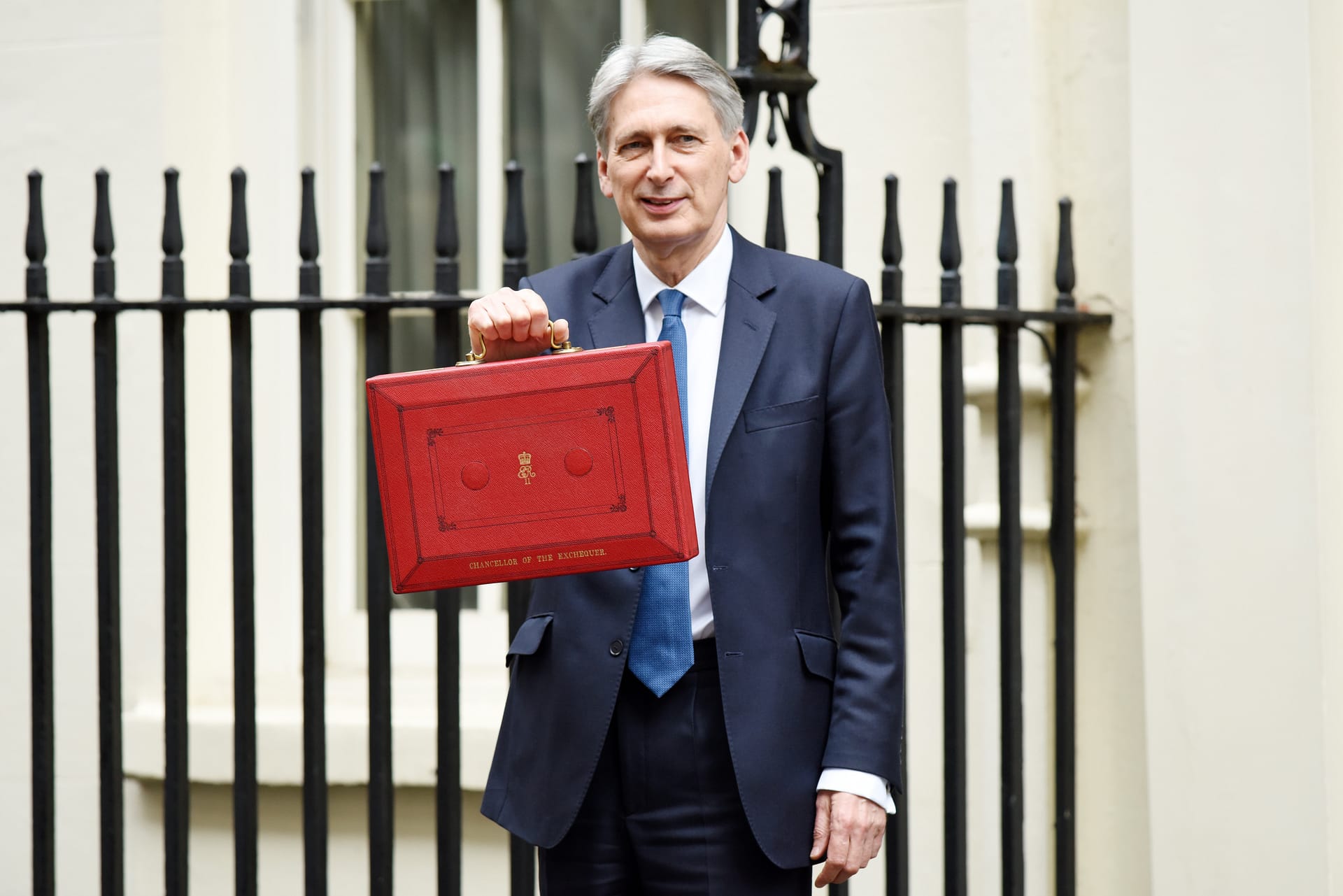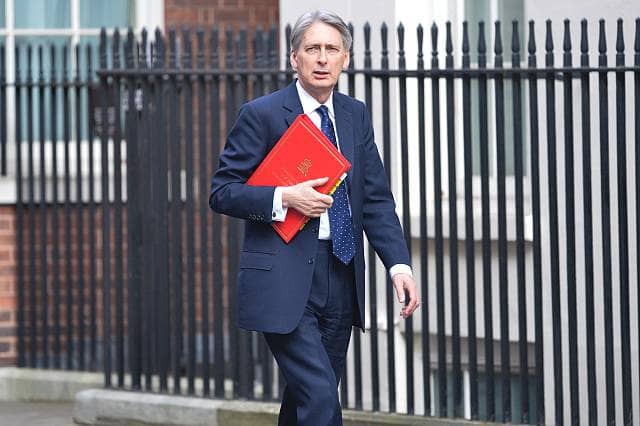Job vacancies fell by 47,000 in March – the ninth consecutive fall – figures out today showed.
The gap between public and private pay growth has narrowed – now 5.3% vs. 6.9% respectively. Pay is still falling when adjusted for inflation despite robust growth.
Danni Hewson, head of financial analysis at AJ Bell, comments on the latest UK jobs figures: “There are still over a million posts looking for a worker to step in and step up, but month after month the number is falling. Businesses are nervous about the future, worried about costs and pressing pause on hiring plans.
“From estate agents to mechanics, vacancy numbers are falling in 13 of the 18 sectors analysed by the ONS as the cost of borrowing rises and the cost of wages also ticks up.
“It’s an odd situation where employers are still offering pretty decent pay increases to their staff, but the ravages of inflation are rendering them all but useless by the time they hit pay packets.
“That’s leading to real hardship for some people who are finding the only solution is industrial action, with 348,000 days lost to strikes last month. This is having a knock-on effect to economic growth, which in turn knocks on to business confidence and stymies job creation.
“But the gap between public and private sector pay is narrowing as the latter reacts to a cooling jobs market and the real hope that inflation might just do what the pundits are predicting.
“At 5.9%, average total pay growth is still way above levels the Bank of England would like to see as it fights to stop the scourge of ‘stagflation’ becoming ingrained in the system.
“And cost of living pressures seem to have resulted in more people returning to the workforce with employment up a touch and economic inactivity down.
“Perversely the unemployment rate also rose last month, fuelled by those unemployed for over six months.
“One size doesn’t fit all, and the government and industry have to do much more to upskill the workforce and prove that it’s really serious about welcoming older workers back into the fold.
“It wasn’t that long ago the older generation were being shoved out the door in a bid to make room for younger, and yes cheaper workers, so a few headline grabbing statements and changes to pension taxation simply won’t be enough to turn the tide.
“And there are big questions about those struggling with long term illnesses. NHS strike action has swelled already untenable waiting lists, adding to a problem that’s just not going away.”






Leave a Comment